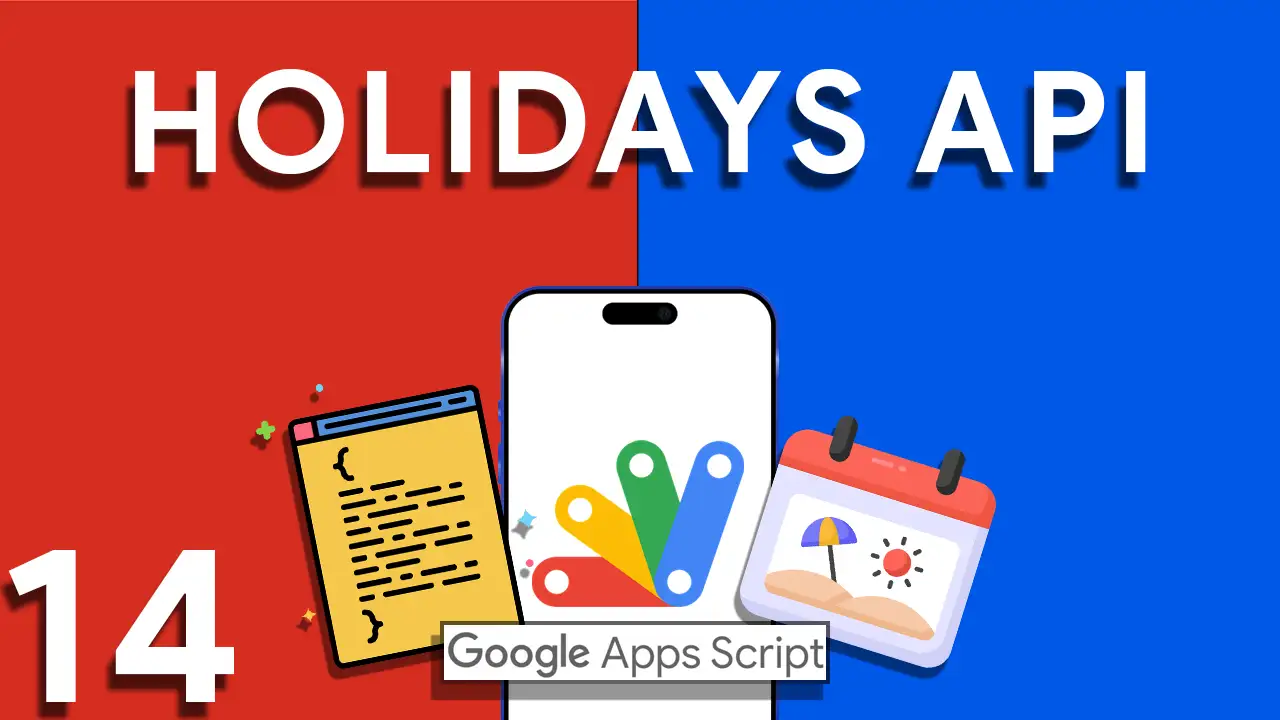Automating Email Notifications via Google Apps Script
Google Apps Script provides a versatile platform to create custom email alerts triggered by updates within Google Sheets. Whether you’re tracking new entries, updates, or specific conditions, this script ensures you and your team stay informed with the latest data changes without manual oversight.
Crafting the Email Notification Script
The script initiates by identifying the active spreadsheet and iterates through each row, starting from the second row to avoid headers. For each row, it checks if certain conditions are met — such as the presence of a phone number and the absence of a previous email notification for that row. When these conditions are satisfied, an email is composed and sent to a predefined recipient, including detailed information extracted from the spreadsheet. After sending the email, the script marks the row to indicate that a notification has been dispatched, preventing duplicate alerts.
Key Components of the Script
- Row Iteration: Efficiently navigates through spreadsheet rows, ensuring that no data point is overlooked.
- Condition Checks: Employs logical conditions to determine which rows trigger email notifications, optimizing the relevance and timeliness of each alert.
- Dynamic Email Composition: Dynamically generates email content based on spreadsheet data, allowing for personalized and informative notifications.
- Immediate Updates: Utilizes
SpreadsheetApp.flush()to immediately apply changes to the spreadsheet, ensuring accurate tracking of sent notifications.
Implementing the Script for Email Notifications
- Access Google Apps Script: Open the script editor from Google Sheets to start scripting.
- Script Customization: Adapt the provided script example to fit your specific data structure and notification needs. Customize the recipient, subject, and message body as necessary.
- Deployment: After customizing the script, save and run it to authorize permissions and test functionality. Set up triggers within the script editor to automate the execution based on time intervals or sheet updates.
Practical Tips for Success
- Regular Script Testing: Ensure the script runs as expected by conducting regular tests with various data scenarios.
- Email Limits Consideration: Be aware of daily email sending limits imposed by Google Apps Script to avoid service interruptions.
- Data Privacy: Handle sensitive information with care, especially when automating emails containing personal data.
Conclusion
By integrating Google Apps Script for email notifications with Google Sheets, you can significantly enhance your workflow automation, ensuring vital information is communicated instantly and accurately. This guide not only simplifies the process of setting up such notifications but also opens up avenues for further customization and integration, empowering you to maintain effective and informed communication channels through automated systems.







